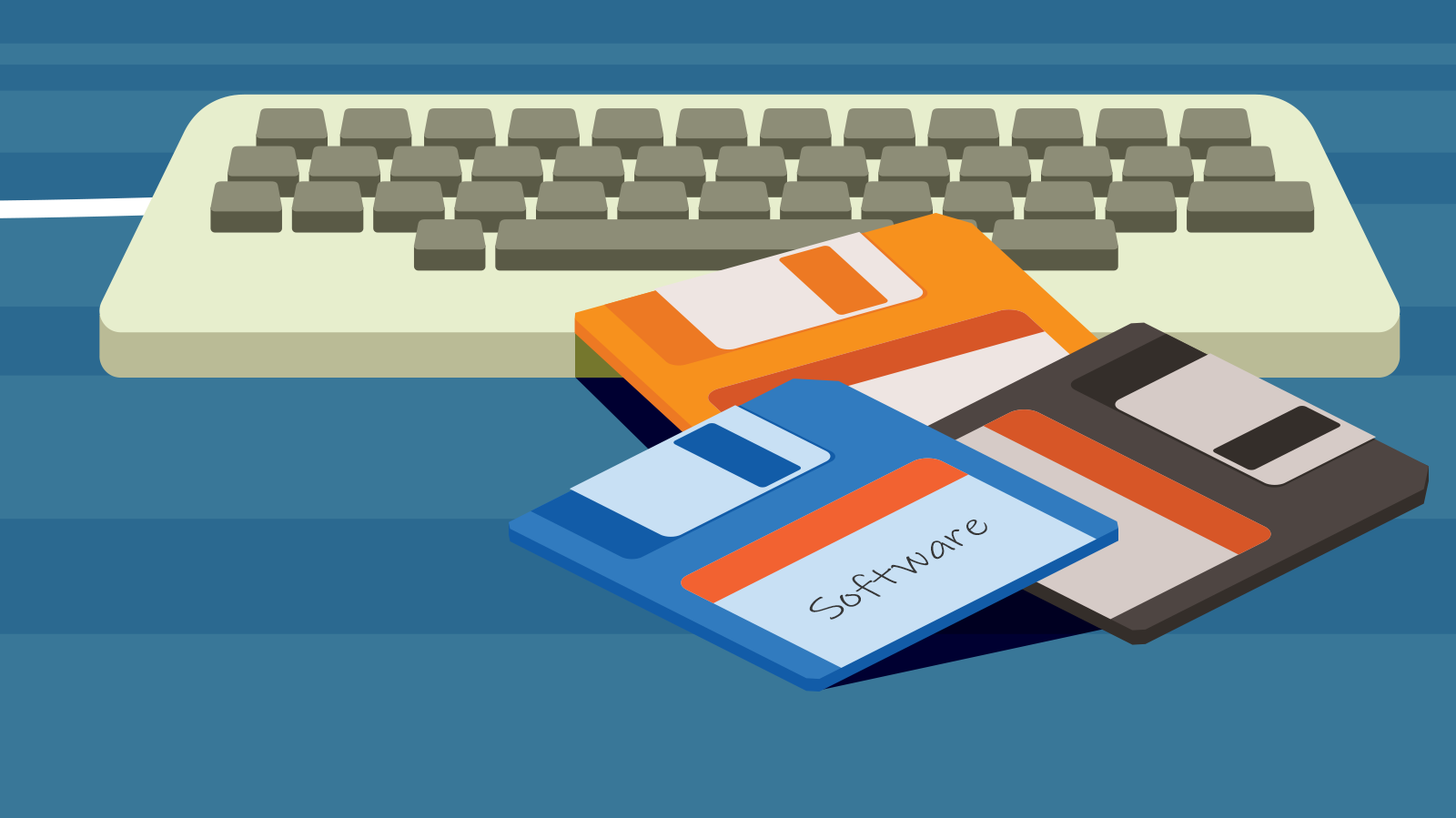Securing Your Legacy Architecture: Why and How
Some business applications are so essential they are always on, 24/7. That makes them difficult to update or replace. You may also have hardware or software that has been getting the job done for decades. Taking an “if it ain’t broke, don’t fix it” perspective, you continue to rely on this technology. But how secure is this legacy architecture? Convenience could be undermining essential cyber protection.
Legacy systems are common in many industries, including energy, healthcare, manufacturing, and government. Take this high-profile example of the dangers of relying on legacy architecture. American taxpayers got an extension on their 2018 filings due to a legacy tech outage. The Internal Revenue System’s critical systems went down for over 10 hours … on national tax day!
Legacy architecture includes software, hardware, and other tech that is not internet-enabled. It may all still work as intended, but that doesn’t mean it’s secure.
The Risks with Legacy Architecture
The longer you rely on an application, the more critical it may be to your day-to-day operations. This can make it more challenging to upgrade or replace. Downtime would be damaging, and costs could be prohibitive. It could be part of a custom deployment, making mapping what you need to update and secure as challenging as untangling all the electrical cords in the equipment closet.
Yet continuing to run legacy architecture leaves you open to many problems:
- You could be running outdated software that you can’t control because the original developers are gone.
- The technology may no longer be supported, so the vulnerabilities are growing every year it is left unpatched or not updated.
- You risk noncompliance with industry or other cybersecurity regulations.
How to Protect Legacy Architecture
Your budget may not allow you to replace legacy equipment or overhaul it to provide more advanced cyber protection. Still, you can take action to protect legacy architecture.
Get to know the problem – Part of the issue with legacy architecture is that it has morphed beyond the original design. No one knows all its external dependencies and internal integrations with other equipment. That means you don’t know the threats or vulnerabilities and can’t design effective countermeasures and protections. Thus, protection begins with a deep dive to understand what that technology does and how it does it.
Build protections around it – Enhance security by making it more difficult for hackers to get at your legacy tech. It’s like putting a moat and high walls around a castle to protect it from marauders. Using firewalls can slow down the bad guys, plus, if you keep an eye on the security logs, you may be able to see them trying to break in.
Isolate legacy architecture – Another solution is to separate legacy equipment from other systems. This helps you limit the number of entry points a bad actor has to exploit vulnerabilities. You can also minimize collateral damage by keeping the attack contained.
Use multi-factor authentication – Better protect access to legacy systems with multi-factor authentication. This makes it more difficult for cybercriminals to get in. They’d need more than stolen access credentials for authentication.
Also, limit each user to applications or hardware that is essential for their role. This is a least-privileges-access approach. It keeps a bad actor from having carte blanche access to your systems.
Migrate workflow to modern systems – If part of a workflow doesn’t have to be done on the legacy architecture, move it to the more modern system. Transition to cloud technology to benefit from current systems with built-in redundancy. That can help you bounce back sooner if something does go wrong.
Develop a security mindset – Your people are often the weakest link in cybersecurity. When working with legacy tech, encourage your people to patch often and update always. Demonstrating you care about security can encourage caution. That can help you avoid costly mistakes or give the criminals a way in.
Partner with a managed service provider
By working with an external IT provider, you can enjoy a fresh perspective. An outsourced IT expert is skilled with legacy architecture and the latest tools, too. We can provide the know-how you need to protect what you want to hold on to a little longer. Contact us today at 555-5555!
